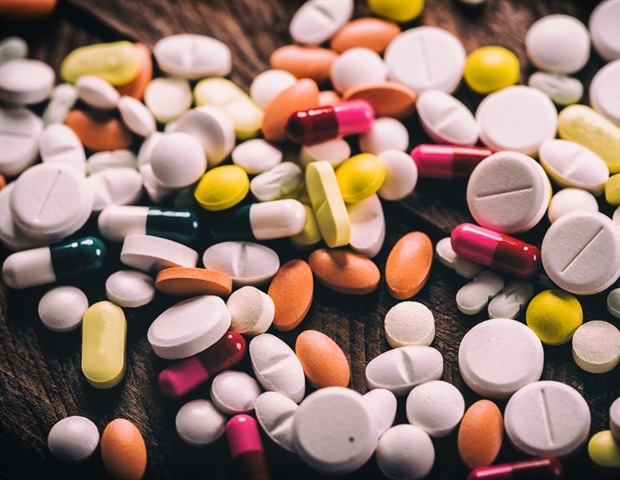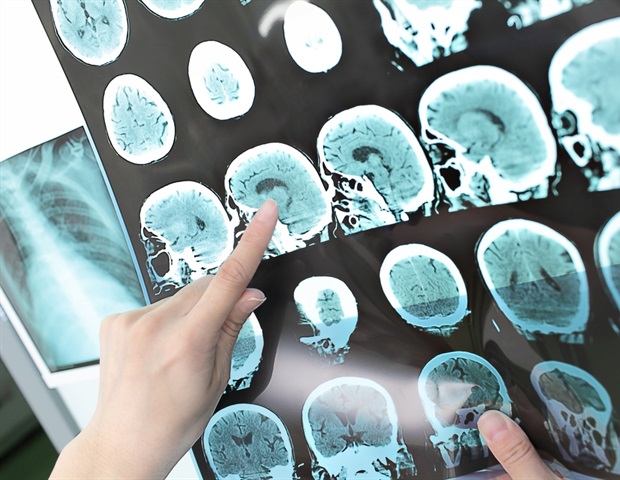In a recent study published in the Advanced Science journal, researchers assessed the effectiveness of synthetic mucin gels in the inhibition of human immunodeficiency virus-1 (HIV-1) and herpes simplex virus-2 (HSV-2) transmission.
Studies have shown that severe acute respiratory syndrome coronavirus 2 (SARS-CoV-2) infections can be effectively prevented by mucins in a glycan-dependent manner. Additionally, mucin 5B (MUC5B) mucin-rich synthetic mucus biomaterials are more successful at containing influenza A infection than MUC5AC mucins. Overall, mucins and materials produced from mucins have proven to be significant contributors to the prevention of viral infections. Mucus contains mucins and viral inhibitors, which can bind to viruses and prevent them from infecting epithelial cells and spreading.
Synthesis of BSM derivatives
In the present study, researchers used various cell types, including primary immune cells to determine whether bovine submaxillary mucin (BSM) gels had “mucus-like” functions in prophylaxis against HIV-1 and HSV-2.
The team effectively incorporated either aldehydes or hydrazides into BSM molecules. When added to a solution, the resulting BSM aldehydes and hydrazides can create dynamic covalent hydrazone linkages, culminating in the creation of BSM gels. For the production of BSM derivatives, dimethylamino-morpholino-carbenium hexafluorophosphate (COMU) coupling chemistry with N,N-diisopropylethylamine (DIPEA) was employed. The hindered base served as a proton scavenger rather than competing with the amine as a nucleophile in the presence of DIPEA due to the nucleophilic substitution between the amines and the activated acids.
The researchers initially added 3-amino-1,2-propanediol to the active carboxyl groups of BSM to create BSM cis-diol derivatives, which were then subjected to periodate oxidation to create BSM aldehyde derivatives. In contrast to vicinal diols on glycosaminoglycans having trans geometry, flexible vicinal diols on the 3-amino-1,2-propanediol residues enabled selective and effective oxidation, while maintaining the original structure.
As the amide I peak at 1647 cm-1 shifted to 1637cm-1 (unmodified BSM) and that at 1534 cm-1 shifted to 1542cm-1 (unmodified BSM) compared to BSM cis-diol derivatives, the attenuated total reflectance-Fourier transform infrared (ATR-FTIR) spectra of BSM-aldehyde derivatives was consistent with that of BSM cis-diol derivatives. Periodic acid tests were used to validate Schiff’s reagent-based synthesis of BSM-aldehyde derivatives.
By using cross-linking chemistry of carbodihydrazide (CDH)-hydrazone, BSM gels were produced. In comparison to BSM aldehyde and BSM hydrazide derivatives, BSM gels revealed two additional peaks at 798 cm-1 and 1260 cm-1. Additionally, for BSM gels, two hydrazide-specific peaks at 3226 cm-1 and 3317 cm-1 vanished. The data indicated hydrazide consumption along with hydrazone bond formation. Once a sufficient amount of stress was exerted, the bonds ruptured before regenerating. With the help of this chemistry, hydrogels with strain-weakening and self-healing qualities have been developed.
BSM Gels Formed by hydrazone bonds
Using a commercial shear rheometer, the team investigated the viscoelastic characteristics of BSM gels such as gel behavior in the linear response regime and the gels’ liquefaction and self-healing qualities after being subjected to significant strains. Time-dependent sweep analyses demonstrated that stable BSM gels were synthesized. Furthermore, shortly after mixing, the elastic modulus (G′) reached a plateau-like state about 60 seconds after being dominated by the material response. Frequency sweeps later verified that the gels were effectively and covalently crosslinked because no clear frequency-dependent viscoelasticity was observed in the range of tested frequencies.
Furthermore, by observing a strong strain-weakening behavior in conjunction with a highly effective and speedy self-healing behavior, the team illustrated the dynamic nature of the covalent hydrazone bonds-formed BSM gels. This self-healing mechanism allowed the system to regain 85% to 13% of its previous stiffness in addition to qualitatively reinstating the material’s gel state.
Dynamic covalent or non-covalent bonding could create self-healing gels. Gels with delayed dynamic equilibrium are more stable due to the use of dynamic covalent bonds. The quick self-healing behavior of the gel, however, revealed rapid dynamic equilibrium in the dynamic covalent bonds of CDH-hydrazone-producing BSM gels.
Prophylactic efficacy of BSM gels against HIV-1 and HSV-2 infections
The team assessed whether synthetic BSM gel could imitate the protective role against viral infections. This was determined by comparing the in vitro prophylactic effectiveness of BSM gels, BSM solutions, and hydroxyethyl-cellulose (HEC) gels. Because of their shear-thinning qualities and elastic modulus that is comparable to that of synthetic BSM gels, 2% HEC gels were employed.
Compared to BSM solutions alone, BSM gels improved prophylactic efficacy in the current study against a prototype HIV-1 CCR5 strain infection of TZM.bl cells. Human peripheral blood-derived mononuclear cells (hPBMCs) obtained from healthy donors showed that BSM gels had much higher preventive efficacy than BSM solutions.
Overall, the study findings showed that the gels suppressed HIV-1 and HSV-2 infection in immune and epithelial cells by approximately 70% and 80%, respectively. Altogether, the team created a gel-based lubricant with a sizable potential for application in the prophylaxis of people who have been exposed to HIV-1 and/or HSV-2.
Journal reference:
- Kretschmer, M., Ceña-Diez, R., Butnarasu, C., Silveira, V., Dobryden, I., Visentin, S., Berglund, P., Sönnerborg, A., Lieleg, O., Crouzier, T., Yan, H. (2022). Synthetic Mucin Gels with Self-Healing Properties Augment Lubricity and Inhibit HIV-1 and HSV-2 Transmission. Advanced Science. doi: https://doi.org/10.1002/advs.202203898 https://onlinelibrary.wiley.com/doi/10.1002/advs.202203898







